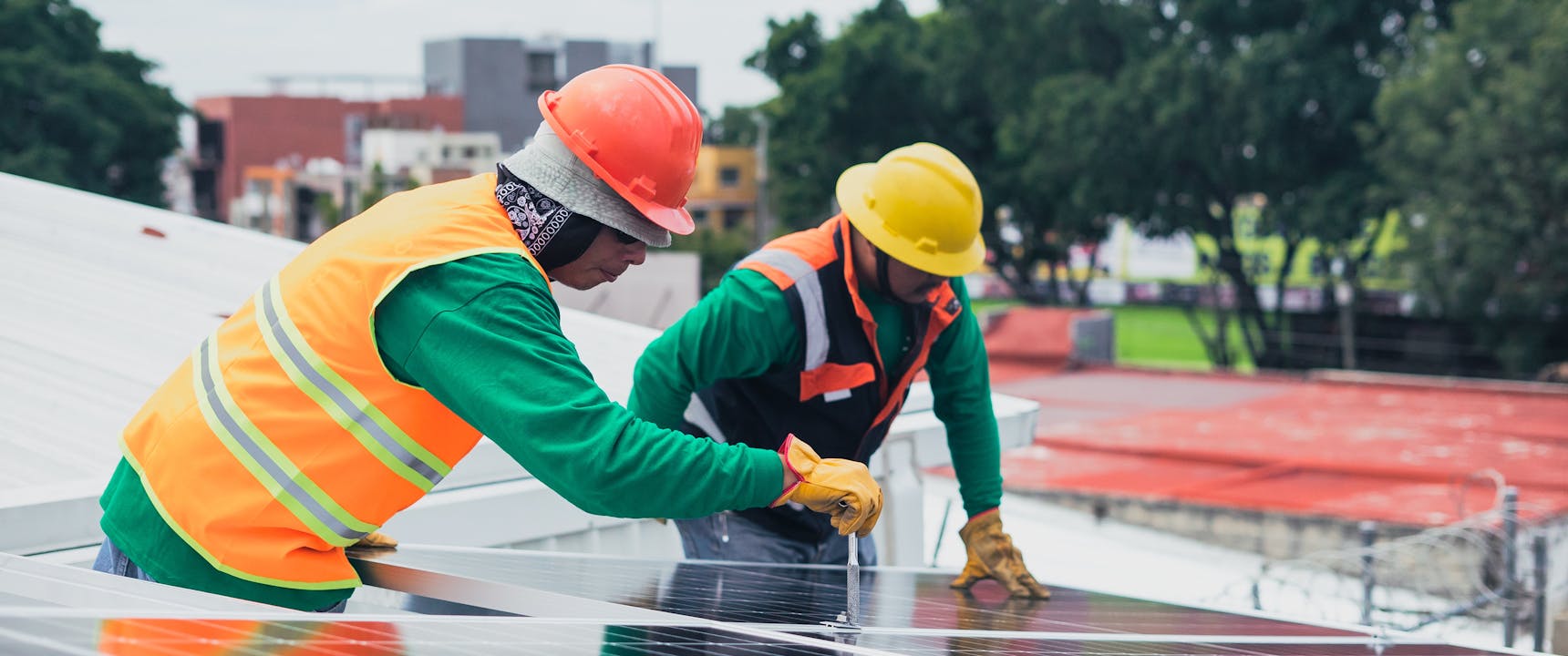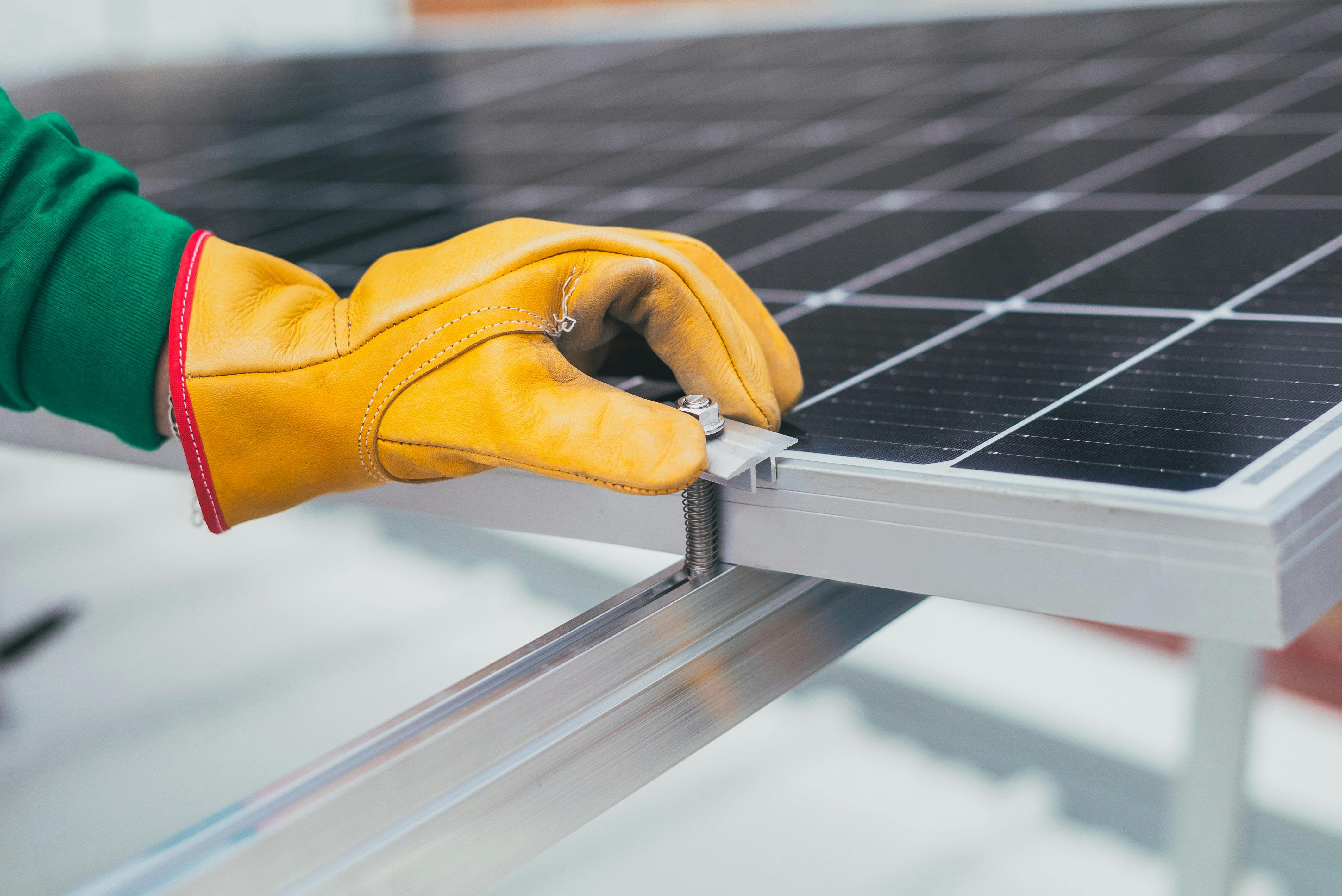How Solar Panels Are Installed: A Comprehensive Guide
By
SolaTrue

Solar energy is becoming increasingly popular as a renewable source of electricity for homes and businesses. Installing solar panels can help reduce energy costs, decrease reliance on the grid, and lower carbon footprints. However, the solar panel installation process can be daunting for those who are new to it. This guide will walk you through the process of solar panel installation from start to finish, including who makes a good candidate for solar panels, how solar panels are installed for homes and commercial use, and how to take care of solar panels once they are installed.
Who Makes a Good Candidate for Solar Panels?
Solar panels can be installed on most homes and businesses, but not everyone is an ideal candidate. Here are some factors that can help determine if solar panels are right for you:
- Your Location: The amount of sunlight you receive will affect the efficiency of your solar panels. If you live in a sunny location with little to no shading, then you are a good candidate for solar panels.
- Energy Consumption: Before installing solar panels, it is important to understand your energy consumption. Larger households with higher electricity bills are more likely to benefit from solar panel installation.
- Property Ownership: Solar panels are ideal for property owners who plan to live or operate their business in the same location for an extended period of time. If you are renting, you may need permission from your landlord before installing solar panels.
- Roof Type: Solar panels are typically installed on roofs that are in good condition and have adequate space for solar panels. Roofs made of materials like concrete, asphalt, or metal are all good candidates for solar panels.
How Solar Panels are Installed for Homes
When it comes to installing solar panels for your home, the process can be broken down into three main stages: the pre-installation phase, the installation phase, and the post-installation phase.
Pre-Installation Phase
The pre-installation phase involves a thorough analysis of your property's suitability for solar panel installation. An expert will conduct a site survey to gather information about your roof and its orientation to the sun, considering any obstacles or shading that may affect the performance of the solar panels. They will proceed with creating a design that will maximize solar output and accommodate any placement requirements from the homeowner, city, and homeowner’s associations. During this phase, your installer will also provide an estimate of the cost of installing solar panels.
Installation Phase
The installation phase involves the actual installation of solar panels. Once the installation and design have been approved, an expert will schedule a time to install the solar panels.
The first step involves installing the mounting brackets onto your roof. The brackets are used to mount the solar panels and secure them in place. This helps ensure they withstand any kind of weather. Next, the solar panels are installed onto the racking system. Wiring is then installed to connect the solar panels to your home's electrical system.

Post-Installation Phase
After installation is complete, the final step is for your installer to test the system and ensure everything is working correctly. Our experts work with your utility provider to get permission to turn them on. You will also receive instructions on how to operate and maintain your solar panel system.
How Solar Panels are Installed for Commercial Use
Solar panels can also be installed for commercial use, such as for large corporations or businesses. The process for commercial solar panel installation follows a similar pattern to residential installation.
Pre-Installation Phase
During the pre-installation phase, a team of solar experts will review your company's energy usage to determine the ideal solar panel system for your business. This will involve analyzing energy bills, conducting a site survey of your property, and developing a customized solar panel system designed to meet your specific needs.
Installation Phase
The actual process of installing commercial solar panels is similar to residential installations. The mounting brackets are installed on the roof, and the solar panels are then placed onto the mounting system. However, commercial installations may require larger and heavier equipment to handle large panels.
Post-Installation Phase
After installation, your installer will test the system and make sure it is working properly. They will also provide instructions for operating and maintaining your solar panel system. Large commercial systems may require regular maintenance, so be sure to follow the maintenance schedule to keep your system running efficiently.
How to Take Care of Solar Panels Once They Are Installed
Once your solar panels are installed, it is important to take good care of them to ensure they continue to produce energy efficiently. Here are some tips to keep in mind:
- Monitor Your Energy Production: Keep track of your solar panel system's energy output to ensure it is performing optimally. You can do this by monitoring your energy bills or by installing a monitoring system.
- Keep Them Clean: Regularly cleaning your solar panels can help increase their performance. Use a soft brush or a squeegee and gentle soap to remove dirt and debris.
- Check For Damage: Make sure to inspect your solar panels regularly for any damage, such as cracks or chips. Damage can decrease the efficiency of the panels and should be repaired immediately.
- Keep the Surrounding Area Clear: Ensuring that trees, leaves, and other debris do not accumulate around your solar panels can help to optimize their performance.
- Schedule Regular Maintenance: Having your solar panels inspected by a professional on a regular basis can help identify potential problems with your system before they become more significant.
Solar panel installation is a smart investment for homeowners and businesses looking to save money on energy costs and reduce their carbon footprint. By following the process outlined above, you can ensure that your solar panel installation is conducted smoothly and successfully. Remember to take care of your solar panels once they are installed, as proper maintenance is essential to maximize their efficiency and lifespan. Whether you are a homeowner or business owner, solar panel installation can help you harness the power of the sun and gain energy independence.


